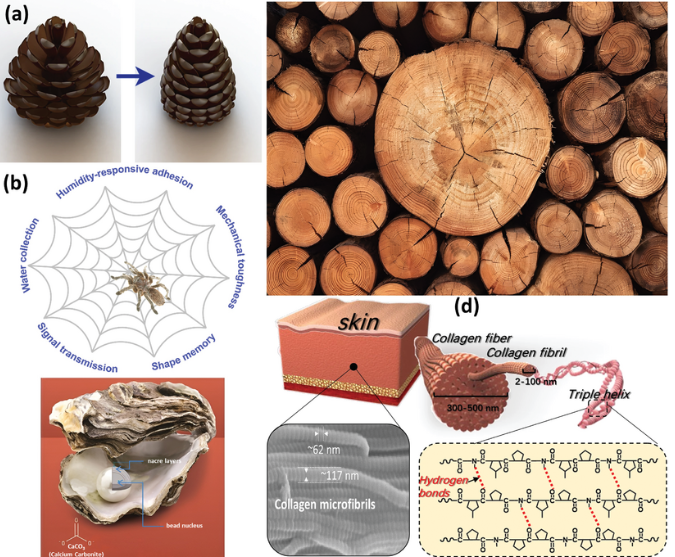Innovative 3D Printing Ink for Sustainable Electronics
- Aniksha Kar
- Aug 13, 2024
- 3 min read

In a significant breakthrough for the field of 3D printing and sustainable electronics, scientists from the U.S. and Korea have developed a novel ink that allows for the creation of easy-to-recycle electric circuits and structures without relying on heat, light, or toxic chemicals. This innovative research, recently published in Nature Communications, is supported by the National Science Foundation in the U.S. and the National Research Foundation of Korea, marking a promising step towards more environmentally friendly manufacturing processes.The Challenge with Traditional 3D PrintingMost conventional 3D printing techniques require a combination of heat, pressure, and light to transform raw materials into solid structures. For instance, in Fused Deposition Modeling (FDM), filament is melted and then cooled to form the desired shape, while resin printing involves using ultraviolet light to cure liquid materials. These methods, while effective, come with limitations in terms of energy consumption and the environmental impact of the materials used.A Game-Changing Polymer: PNIPAMThe research team has turned to a polymer known as poly(N-isopropylacrylamide), or PNIPAM, which is widely recognized for its non-toxic properties and is already utilized in the pharmaceutical industry for drug delivery systems. The most remarkable aspect of this new 3D printing technique is that it only requires salt water at room temperature to solidify the PNIPAM, eliminating the need for additional heat or light sources.By employing a commercial healthcare-grade 3D printer, the researchers were able to extrude PNIPAM into mixtures of calcium chloride and water, where it solidified instantly into intricate structures that not only maintained their shape but were also capable of conducting electricity.Practical Applications: From Circuits to RecyclingIn a notable demonstration of their technology, the team successfully created an electric circuit infused with carbon nanotubes, which powered a small light bulb. This achievement illustrates the potential of PNIPAM not just as a printing material but as a functional component in electronic devices.One of the standout features of this method is its recyclability. The researchers devised a straightforward process for recycling the printed structures: they can be dissolved in fresh water and then evaporated at 158º F (70º C), reverting the polymer back to its original state. This ease of recycling is particularly crucial given the growing global concern surrounding electronic waste (e-waste).Implications for the FutureSenior author Professor Jinhye Bae from the University of California, San Diego, highlighted the simplicity and environmental benefits of their method, stating, “It’s all done under ambient conditions, with no need for additional steps, specialized equipment, toxic chemicals, heat, or pressure.” The ability to revert PNIPAM structures back to their raw state opens up a range of potential applications, including disposable electronics, robotic components, and rapid prototyping.“This offers a simple and environmentally friendly approach to recycle polymer materials,” Bae added, emphasizing the technology's role in addressing the pressing issue of e-waste. As industries seek sustainable alternatives to conventional manufacturing processes, this breakthrough represents a significant advancement in the quest for greener technologies.ConclusionThe development of this innovative 3D printing ink marks a crucial step towards more sustainable electronics. By utilizing PNIPAM, researchers have created a method that is not only efficient but also environmentally friendly, addressing some of the major challenges associated with traditional 3D printing methods. As this technology continues to evolve, it could pave the way for new applications in various fields, ultimately contributing to a more sustainable future in manufacturing and electronics.




Comments